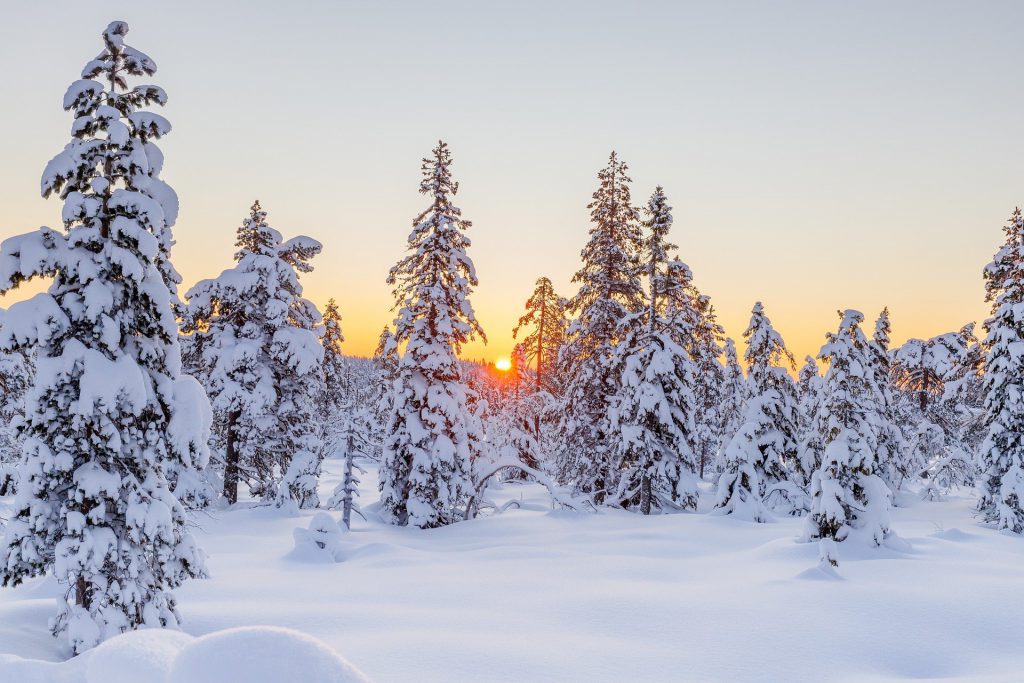
Before the birth of Jesus, many regions had a winter festival or celebrations, the ancient festivals. Many of these celebrations are in part incorporated into the Christmas season. Before the arrival of the Romans and their celebration of Saturnalia, the tribes of Northern Europe celebrated the Winter Solstice or the Yule, Yuletide.
Northern European Ancient Festivals
Winter Solstice
The Norse from Scandinavia celebrated Yule from the Winter Solstice, the 21st December and through until the end of January. The man folk, usually father and his sons would gather large logs that they would burn for up to 12 days. The Yule log was very symbolic to the Norse as tradition dictated that every spark from the burning of the logs would represent the birth of a new calf or pig in the springtime to follow. This was also the time for great feasting, more from a practical aspect, as it was difficult to feed cattle through the winter. So many of the cattle were slaughter. It was a time of plentiful meat. The beer that was brewed through the year was timed to ferment at this time. The burning of the Yule Log or logs was also a signal for a returning Sun.
Odin
In Germany, the winter festivities were based around Odin. A god that terrified the early Germans. It was believed that it was he, who decided who would perish in the coming months and those that would prosper. It was believed that he made flights at night and observed the good and the bad, before making his decision. A myth that with others would develop into a character we now know as Father Christmas.
Other Ancient Festivals at Christmas
Son of Isis Feast
The feast of the Son of Isis, the Goddess of Nature was celebrated on the 25th December by the Persians and Babylonians. This was the festival of Sacaea. Also there was the birth of Mithra, the Sun God whose celebrations was also on the 25th December and like Jesus, it is believed by his followers that his birth was a virgin birth. Both were the time for feasting. Mithra though became more prominent when soldiers in the Roman Empire started to follow his believe. It was mainly an underground religion. No one is certain when Mithraism died out but the 4th century AD seems an appropriate time.
Mesopotamians and Marduk
The Mesopotamians celebrated around the time of the New Year, their god Marduk. He was the main god in their religion and would go into battle with the Monsters of Chaos. The festival that lasted for 12 days, was the Mesopotamians way in assisting Marduk in his battle. The celebration was called Zagmuk. The king of the Mesopotamians would swear his allegiance to Marduk, with his life. This of course was not the case, a criminal would be dressed up in the king’s clothes, given privileges of the king and then stripped of his royal garments and sacrificed instead. Many aspects of the Mesopotamians festival we would recognise today, the Twelve Days of feasting, the giving of gifts, carollers who went from door to door, parades, and like the northern Europeans, the burning of the Yule Log.